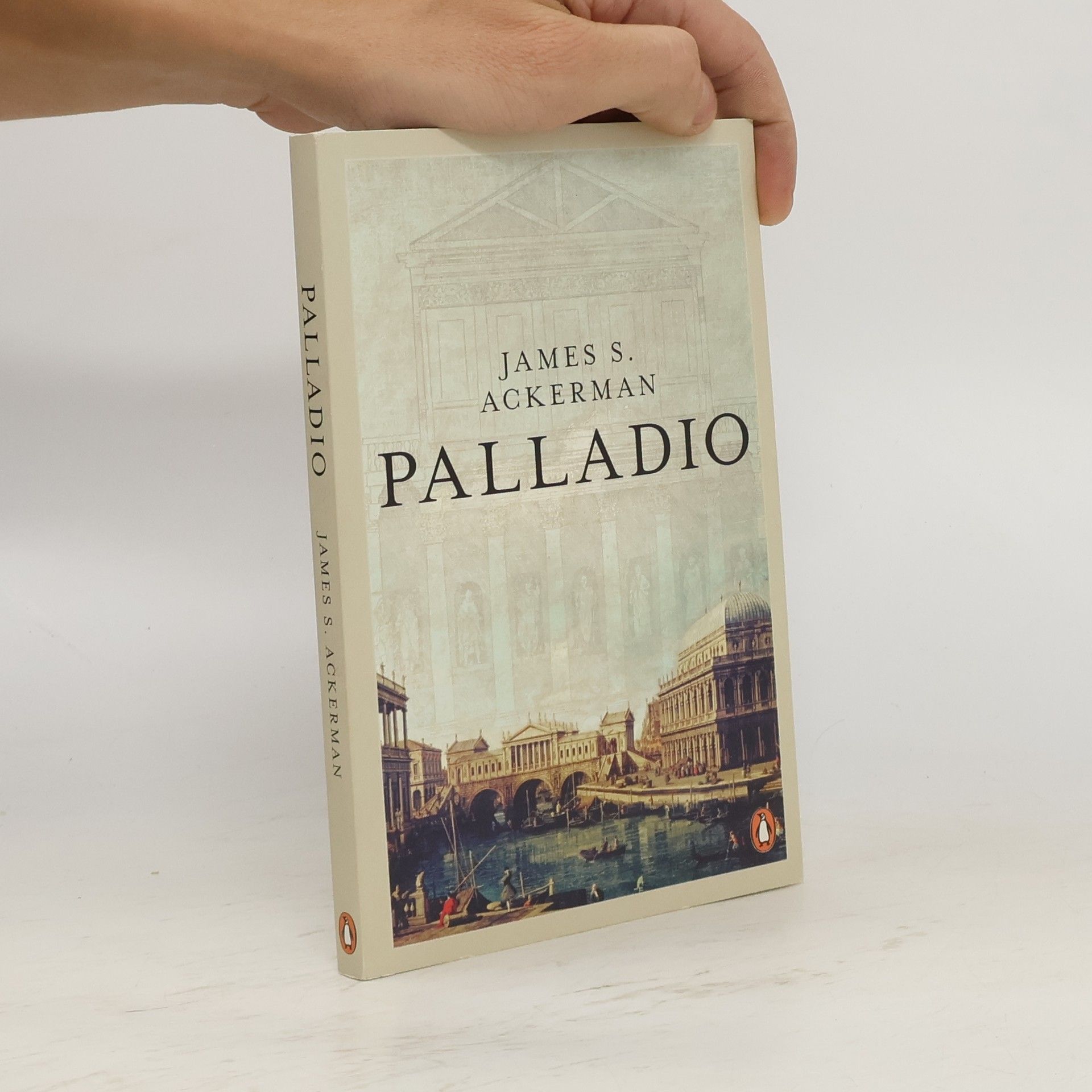Origins, Invention, Revision
- 232pagine
- 9 ore di lettura
An illuminating collection of essays from the preeminent scholar of architectural history and theory
James S. Ackerman è stato uno stimato storico dell'arte e dell'architettura la cui erudizione si è concentrata principalmente sulle strutture del Rinascimento italiano. Il suo lavoro approfondisce l'intricato rapporto tra la forma architettonica e le ideologie sottostanti che l'hanno plasmata. Le analisi di Ackerman sono celebrate per la loro precisione e per il modo in cui sintetizzano il contesto storico con la creazione artistica. La sua duratura influenza plasma significativamente lo studio dell'architettura rinascimentale.






An illuminating collection of essays from the preeminent scholar of architectural history and theory
"In The Villa, James Ackerman explores villa building in the West from ancient Rome to twentieth-century France and America. In this wide-ranging book, he illuminates such topics as the early villas of the Medici, the rise of the "country place" as a focus for examining the relationships between urban and rural life, between architectural design and social, cultural, economic, and political forces" -- Book cover
The collection features twelve studies by art historian James S. Ackerman, focusing on the interplay between historical authority and artistic innovation. Ackerman shifts from a linear view of artistic progress to explore how past influences can both constrain and inspire creativity. He delves into the origins of art history, architectural drawing, and key figures like Leonardo Da Vinci, while examining the roles of imitation and conventions in art. These interconnected themes reveal how representation is shaped by cultural practices and historical contexts.
Palladio (1508-80) combined classical restraint with constant inventiveness. In this study, Professor Ackerman sets Palladio in the context of his age - the Humanist era of Michelangelo and Raphael, Titian and Veronese - and examines each of the villas, churches and palaces in turn.
Composite Landscapes widmet sich der Darstellung von Landschaftsarchitektur durch montierte Bilder. Der Band präsentiert Werke einflussreicher zeitgenössischer Künstler in Verbindung mit montierten Ansichten führender Landschaftsarchitekten weltweit. Dabei werden verschiedene Verfahren der Fotomontage untersucht, die unterschiedliche Dimensionen von Landschaft aufzeigen, einschließlich konzeptioneller und zeitlicher Aspekte sowie persönlicher Erfahrungen. Diese Publikation ist die erste, die die analogen Ursprünge einer Methode beleuchtet, die heute durch digitale Hilfsmittel weit verbreitet ist. Montierte Landschaftsansichten werden als eigenständige kulturelle Ausdrucksform betrachtet, und der Band thematisiert die Bedeutung konstruierten fotografischen Abbildungen für Design und andere Bereiche. Die vorgestellten Landschaftsarchitekten und Künstler umfassen unter anderem Yves Brunier, Claude Cormier, James Corner, Jan Dibbets, Charles Eliot, Teresa Galí-Izard, Isabella Stewart Gardner, Adriaan Geuze, Booth Grey, Christopher Grubbs/Hargreaves Associates, Gary Hilderbrand, David Hockney, Kenneth Josephson, Kienast Vogt Partners, Anuradha Mathur/Dilip Da Cunha, Valerio Morabito, Eadweard Muybridge, Humphry Repton, Arthur A. Shurcliff, Ken Smith/Alice Adams, John Stezaker, Stöckli, Kienast & Koeppel, Superstudio, Michael Van Valkenburgh, Richard Weller und Byron Wolfe.